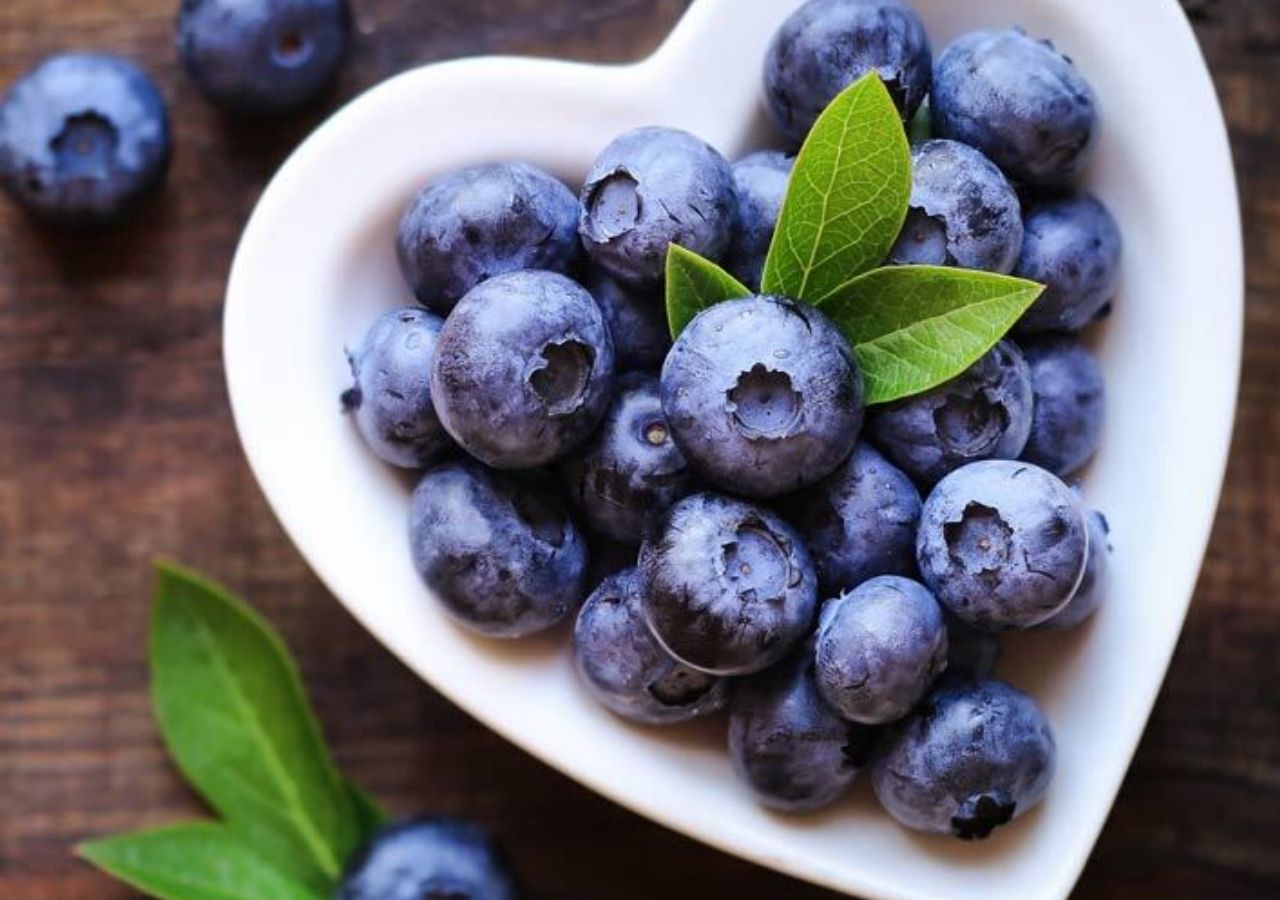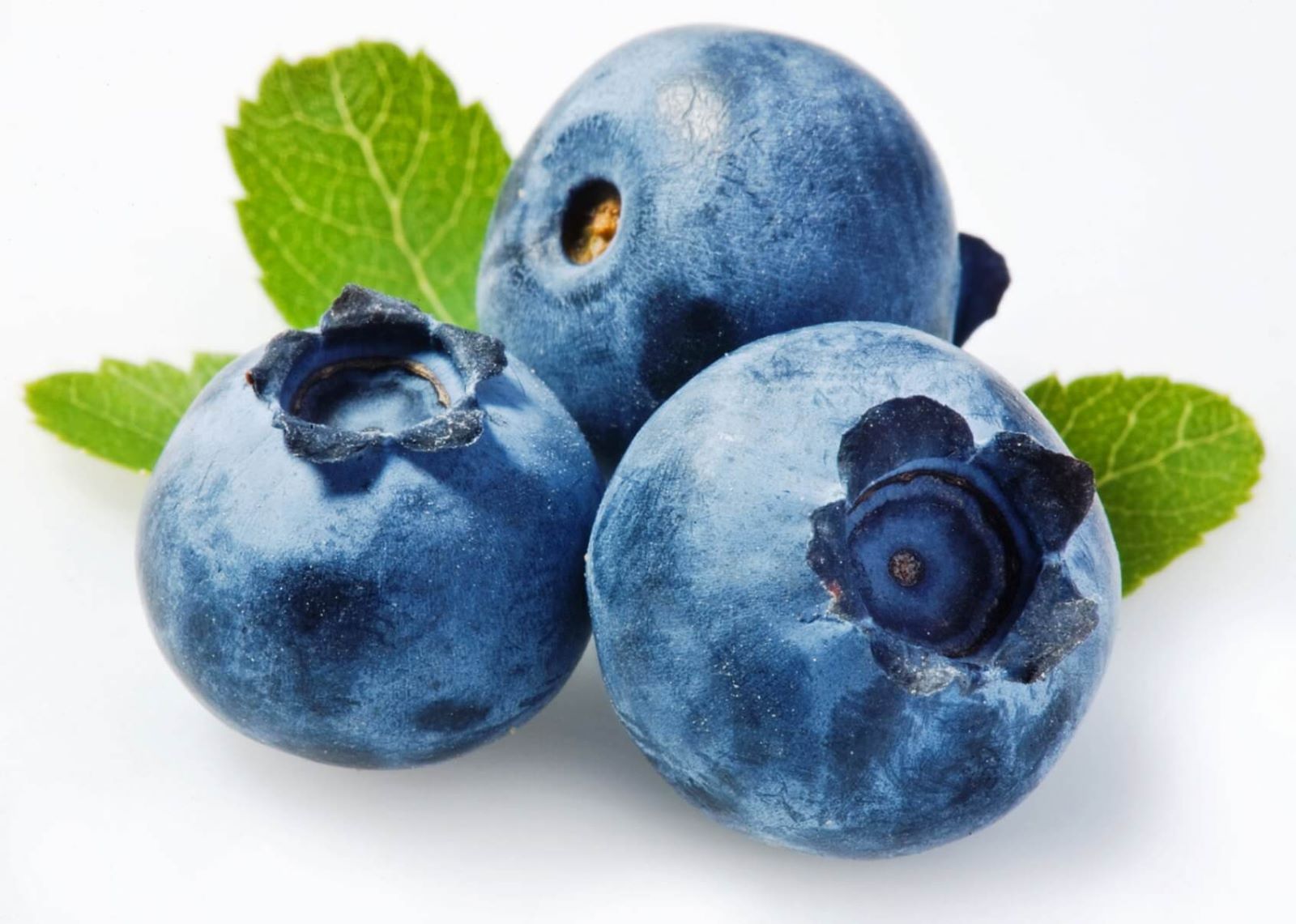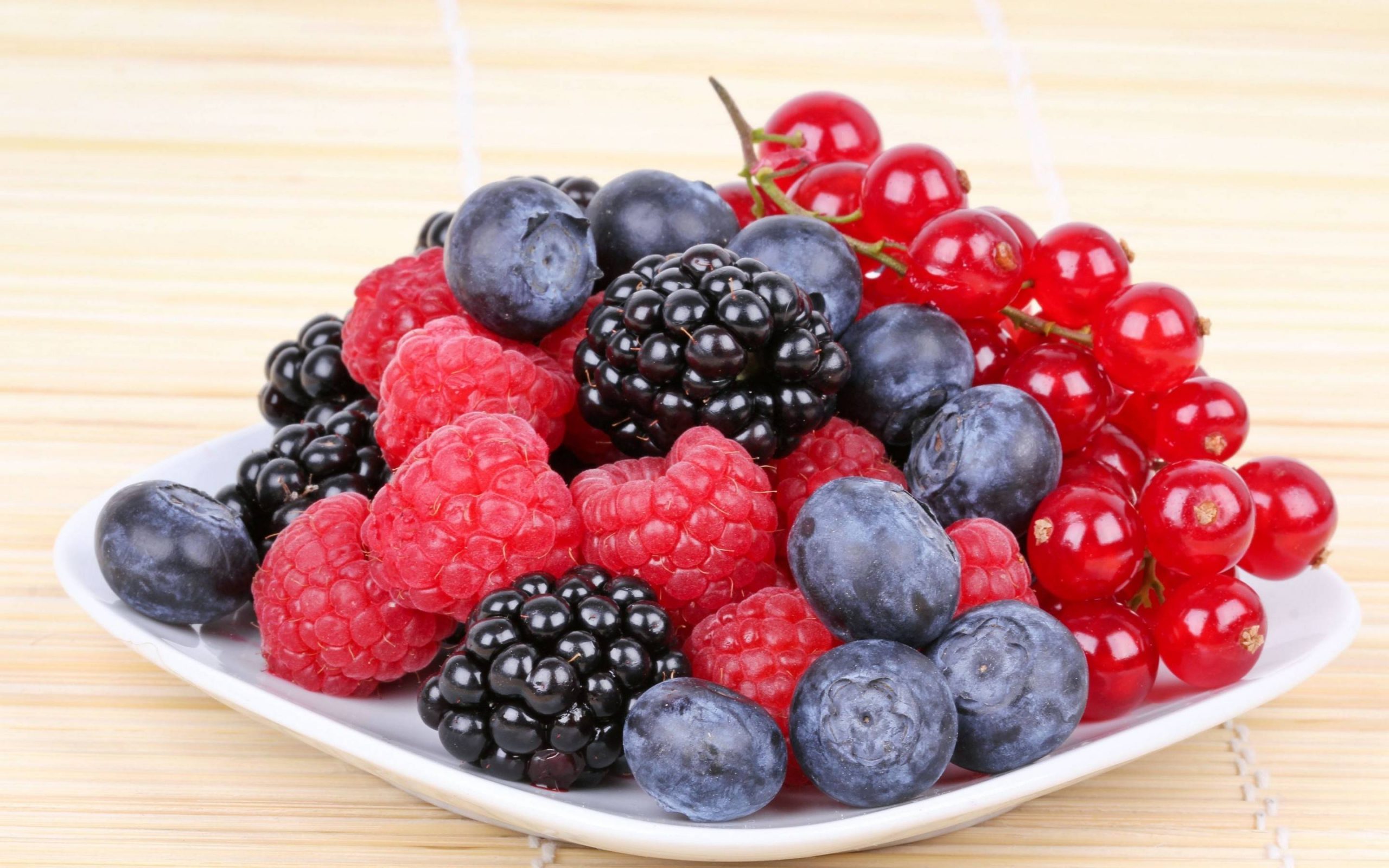Blueberries In Spanish - Getting It Right
It can feel a little bit like a puzzle sometimes, trying to figure out just the right way to talk about things in a new language, especially when it comes to specific food items. You might, for example, be thinking about those lovely little blue fruits, the ones that are just perfect in a pancake or a smoothie, and wonder how to say "blueberries" in Spanish. It's a common thought, too it's almost, as many people find themselves asking this very question, looking for the most accurate words to use when they're speaking or writing in Spanish.
People often look for a good way to get a solid grasp on this, wanting to find phrases and sentences that truly hit the mark. It's not just about getting a single word, you know, but about seeing how that word fits into real conversations, how it sounds when spoken by someone who uses the language every day. This sort of detailed look, with actual examples and the chance to hear how things are pronounced, can really make a difference for anyone trying to get better at speaking Spanish, so it's a pretty useful thing to have.
When you're learning about different fruits and their names in Spanish, there are some interesting twists and turns that can pop up, making it a bit more involved than you might first expect. Getting a good handle on how to talk about these small, round, and rather sweet fruits, the ones we call blueberries, means looking a little deeper than just a quick dictionary check. It's about getting past common mix-ups and finding the clearest ways to express yourself, which, you know, is really what language learning is all about, in some respects.
Table of Contents
- What's the Real Deal with Blueberries in Spanish?
- How Do We Tell Blueberries Apart from Cranberries in Spanish?
- Are There Other Ways to Talk About Blueberries in Spanish?
- Why Does This Seem So Tricky for Blueberries in Spanish?
What's the Real Deal with Blueberries in Spanish?
Many folks, when they first start to think about saying "blueberry" in Spanish, might just reach for the word "arándano." That's a pretty common first thought, actually. It feels like it should be the one, given how often it comes up in various language resources. But, you know, there's a little bit more to it than just that single word, and getting the full picture can really help avoid some confusion down the road. It's not always as straightforward as it seems, is that.
You see, the thing is, if you simply say "arándano," you might not be talking about the specific fruit you have in mind. There's a subtle but rather important difference that many language guides and even native speakers point out. It's a detail that can make a pretty big impact on whether your message is understood exactly as you intend it, which, in a conversation, is usually the main goal. So, getting this part right can save you from a little bit of a mix-up.
It's interesting how a single word can have a couple of different meanings, depending on the context or even the specific type of fruit we're thinking about. When you're looking for the right way to talk about blueberries, it’s helpful to know that there’s a nuance that goes beyond just a direct translation. This sort of linguistic detail is what makes learning a language so much fun, in a way, as you discover these little bits of information that truly refine your speaking.
Why is "Arándano" Not Always Right for Blueberries in Spanish?
The reason why just saying "arándano" isn't always the best fit for "blueberry" is because that particular Spanish word is also used for another fruit entirely: the cranberry. Now, if you think about it, those two fruits, the blueberry and the cranberry, are very, very different from each other. One is usually sweet and plump, often enjoyed in muffins or with yogurt, while the other is quite tart, often found in sauces or juices, especially around certain holidays. So, calling them both by the same simple name can lead to some real head-scratching, if you're not careful.
Imagine you're trying to explain a recipe that calls for blueberries, and you just say "arándanos." The person you're talking to might picture those bright red, sour cranberries instead of the small, deep blue ones you're thinking of. This kind of misunderstanding can easily happen because the general term covers both, which, you know, can be a bit of a challenge when you’re trying to be precise. It’s a bit like having one word for both apples and oranges; they’re both fruits, but they’re not the same at all, are they?
It’s important to keep in mind that these two fruits, the blueberry and the cranberry, have their own distinct qualities. They taste different, they look different, and they are used in different ways in cooking and eating. So, when you're trying to communicate clearly about the specific type of berry you mean, using a word that can refer to either one without further clarification might not give you the exact meaning you're hoping for. That's why, typically, people look for ways to make sure there's no confusion about blueberries in Spanish.
How Do We Tell Blueberries Apart from Cranberries in Spanish?
So, if both blueberries and cranberries can be called "arándanos" in Spanish, how does someone actually know which one you're talking about? This is a very common question, and it points to a real puzzle for anyone learning the language. It’s not just about knowing a word, but about how to use that word in a way that makes your meaning absolutely clear, especially when there are these kinds of overlaps in vocabulary. This sort of situation often makes people pause and think a bit more deeply about their word choices, which is a good thing, really.
People often find themselves in this exact situation, wondering how to avoid confusion. You might be at a market, or perhaps discussing a dish, and you need to be sure that the person you're speaking with understands whether you want the sweet, dark blue berries or the tart, bright red ones. This need for clarity leads to a bit of a linguistic workaround, a way to add a bit more information so that there’s no room for doubt, which, you know, is quite helpful.
The solution, it turns out, often involves adding a little extra descriptive bit to the word "arándano." It's a way of specifying which type of "arándano" you mean, making the distinction plain. This is a pretty common practice in language when a general term needs to be narrowed down to a specific item. It helps everyone involved be on the same page, and that's usually what you want when you're talking to someone, right?
The Importance of Being Clear About Blueberries in Spanish
To make it perfectly clear, and to avoid any mix-ups, you might find yourself needing to say something like "arándanos de..." followed by a word that specifies the type. This little addition helps to separate the blueberries from the cranberries, giving each its own distinct identity in conversation. It’s a simple way to add precision, and precision, you know, is often very important when you're trying to convey a specific idea or object. It helps to clear up any potential misunderstandings straight away.
For example, you might hear or use phrases that describe the color or the common use of the berry to make it unambiguous. This kind of descriptive language is very useful when a single word isn't enough to distinguish between two similar but different things. It shows that you're not just throwing words around, but that you're actually trying to communicate with care and thought, which is a sign of someone who’s really getting a handle on the language, in some respects.
Understanding this small but significant point about how to refer to blueberries in Spanish can save you from a bit of awkwardness or confusion. It means that when you ask for blueberries, you're much more likely to get exactly what you want, rather than a fruit that tastes completely different. It's a little linguistic trick that helps ensure smooth conversations and accurate orders, which, for anyone using a new language, is often a very good thing.
Are There Other Ways to Talk About Blueberries in Spanish?
While the "arándano" discussion covers a lot of ground, it's also worth noting that language can vary quite a bit from one place to another. What one country uses for "blueberries in Spanish" might be different in another, even if they both speak Spanish. This is a fascinating part of language, how it adapts and changes depending on where it's spoken, and it means there can be some regional words that are very specific to certain areas, which is pretty cool, actually.
It’s not just about the standard dictionary translations; sometimes, local communities have their own unique terms for common items, including fruits. These local words are often deeply rooted in the culture and history of a place, and they can offer a glimpse into the specific characteristics or traditional uses of a fruit in that region. So, when you're talking about blueberries, there might be a word that’s just perfect for that particular area, you know?
Learning these regional differences can be a really rewarding part of becoming more fluent in a language. It shows a deeper appreciation for the nuances of how people speak in different places. It also means that if you travel, you might hear a word for blueberry that isn't the one you learned first, and that's totally okay. It's just another piece of the language puzzle, really.
Exploring Regional Words for Blueberries in Spanish
Take Ecuador, for example. In that country, where Spanish tends to have kept some older forms of speech, you might hear a very specific word for blueberry: "mortiño." This word is quite distinct and is used just for that particular fruit. It’s a good example of how a language can be less influenced by outside changes, holding onto its own unique terms, which is a rather interesting aspect of how languages develop over time. This makes it very clear what you're talking about, unlike the more general "arándano."
What’s even more interesting is that "mortiño" is very clearly different from "mora," which is the word used for blackberry in Ecuador. So, in that part of the world, there’s no confusion between those two fruits at all, because they have their own distinct names. This kind of clarity is often something language learners wish for, where each item has its own separate word, making things much simpler. It just goes to show how different regions handle these linguistic distinctions, sometimes in very straightforward ways.
This difference in vocabulary across Spanish-speaking regions means that while "arándano" might be a widely understood term, knowing about words like "mortiño" can really broaden your understanding of the language. It also means that if you're ever in Ecuador, you'll know exactly what to ask for if you're looking for blueberries. It’s a nice little piece of local knowledge that can come in handy, you know, and helps you sound more like a native speaker, too it's almost.
Why Does This Seem So Tricky for Blueberries in Spanish?
For many people learning Spanish, this whole situation with blueberries and cranberries can feel a bit funny, even a little frustrating. It's a common experience, honestly, to look up a word multiple times, thinking you've got it, only to find there's another layer of meaning or a regional variation that makes it more complex. It's almost like a running joke among language learners, how some words just seem to defy a simple, single translation, which, you know, can be a bit of a challenge.
The fact that people have looked up this particular word so many times just goes to show how often this confusion comes up. It’s not just you; it’s a shared experience for many who are trying to get a good grasp on Spanish. This kind of linguistic puzzle is a pretty normal part of the learning process, and it often leads to those moments where you finally figure it out and it just clicks, which is a really satisfying feeling, in some respects.
It can feel a bit like you’re trying to catch a slippery fish when a word has multiple meanings or regional variations. But it’s also a reminder that language is a living, breathing thing, always changing and adapting. So, while it might seem tricky at first, it's just another part of the adventure of learning to speak Spanish well, and getting these details right really helps you feel more confident, you know.
The Everyday Experience of Learning Blueberries in Spanish
It's interesting to think about how these words are used in everyday life, too. For instance, some people use fruits as a way to help children learn colors. This is a pretty clever approach, actually, because fruits are so vibrant and recognizable. So, you might hear someone talking about "manzanas verde" for green apples, or "amarillo" for yellow ones, and "naranjas" for oranges, "plátanos" for bananas, and "cerezas" for cherries. It’s a very practical way to connect words with real-world objects, which, you know, makes learning much more tangible.
When you're teaching colors with fruits, getting the names just right becomes even more important. If you’re showing a child a blueberry and calling it a general "arándano," and then later show them a cranberry and call that the same thing, it could create some confusion about which fruit is which, even if the colors are different. So, having a clear way to distinguish between them, even in simple lessons, is really quite helpful for building a solid foundation of understanding.
This practical application of fruit names really highlights why it matters to be precise when talking about blueberries in Spanish. Whether you're teaching a child, ordering at a restaurant, or just having a casual chat, knowing the exact terms can make all the difference. It’s about more than just words; it’s about making connections and ensuring that what you mean is what is understood, which, at the end of the day, is what good communication is all about.

Blueberry In Spanish: The Simple Guide

Descubre los arándanos o blueberries

Cranberries In Spanish Spain at Hugh Harwood blog